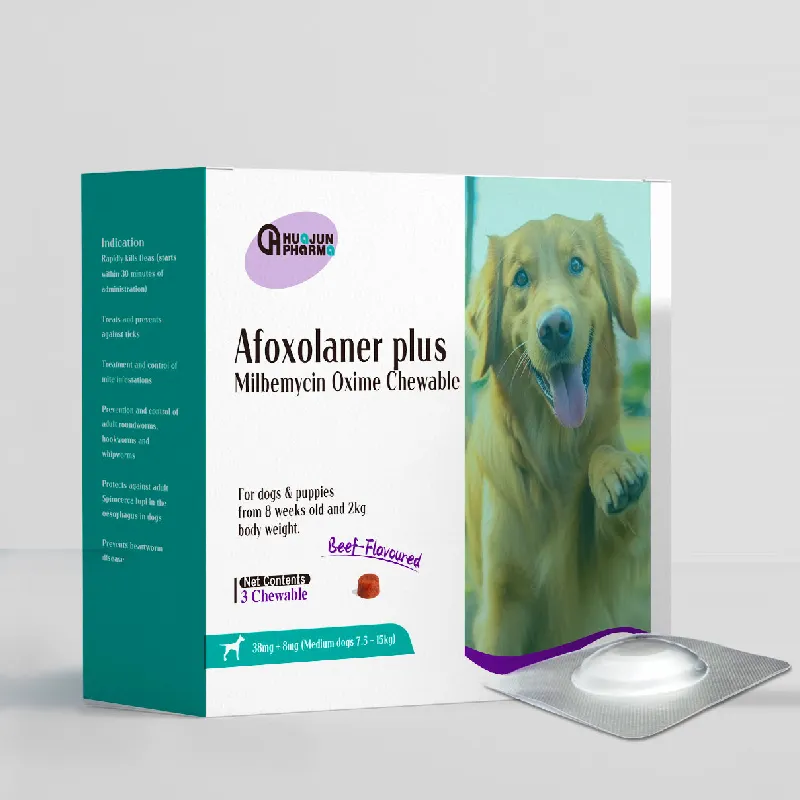
Dec . 05, 2024 16:58 Back to list
Understanding Nasal Myiasis and Its Implications in Human Health and Treatment Options
Nasal Myiasis An Uncommon Yet Important Parasitic Infection
Nasal myiasis is a fascinating yet disturbing condition that involves the invasion of the nasal cavities by larvae of certain fly species. This phenomenon primarily affects animals but has also been documented in humans, where it presents a unique set of challenges for diagnosis and treatment. Understanding the causes, symptoms, and management strategies for nasal myiasis is crucial for both medical professionals and the general public.
What is Nasal Myiasis?
Myiasis refers to the infestation of living tissue by fly larvae, most commonly from the Calliphoridae (blow flies) or Muscidae (house flies) families. Nasal myiasis specifically occurs when these larvae invade the nasal passages, which can lead to severe discomfort and potential complications. This condition is more frequently observed in individuals with compromised health, weakened immune systems, or poor hygiene practices, making them more susceptible to fly infestations.
Causes and Risk Factors
Nasal myiasis typically arises in rural or underdeveloped areas where sanitation is inadequate. The primary risk factors include
1. Poor Hygiene Individuals who neglect personal cleanliness and proper wound care are at higher risk, as they may attract flies. 2. Injury or Surgery Recent nasal surgeries, trauma, or conditions that create open sores in the nasal cavities can facilitate larval entry and development.
3. Living Conditions People who live in warmer climates, where flies are prevalent, or in crowded, unsanitary environments are more likely to experience infestations.
4. Other Medical Conditions Patients with diabetes, malnutrition, or other underlying health issues that compromise their immune system are particularly vulnerable.
Symptoms of Nasal Myiasis
The symptoms of nasal myiasis can vary widely, often mimicking other nasal conditions, which can lead to misdiagnosis. Common signs include
1. Nasal Discharge Patients may present with a purulent, foul-smelling discharge from the nostrils, which can contain larvae.
2. Nasal Stenosis Inflammation and swelling caused by the larvae can lead to difficulty breathing through the nose.
nasal myiasis

3. Pain and Discomfort Patients often report significant pain, discomfort, and a sensation of pressure in the nasal passages.
4. Olfactory Disturbances The presence of larvae can distort the sense of smell or cause loss of smell altogether.
5. Fever and Systemic Symptoms In severe cases, patients may exhibit systemic symptoms such as fever, malaise, and weight loss due to infection.
Diagnosis and Treatment
The diagnosis of nasal myiasis is crucial yet can be challenging due to its rarity and the potential overlap with other conditions. A thorough clinical history, physical examination, and imaging studies may be required to confirm the presence of larvae.
Once diagnosed, the immediate treatment is essential. Methods of management may include
1. Manual Removal A healthcare provider may need to physically remove the larvae from the nasal passages, which can often be done under local anesthesia.
2. Medication Topical or systemic antiparasitic medications may be administered to kill any remaining larvae.
3. Antibiotics If there are signs of secondary bacterial infection, appropriate antibiotics should be prescribed.
4. Supportive Care In cases of severe infestation, hospitalization and supportive care may be required to manage systemic symptoms and ensure the patient’s recovery.
Conclusion
Nasal myiasis, while uncommon, represents an important medical concern, particularly in vulnerable populations. Awareness of the condition, understanding its risk factors, and recognizing its symptoms can help facilitate timely diagnosis and treatment. Improving sanitation and hygiene practices will play a significant role in preventing the incidence of nasal myiasis in the community. As medical professionals continue to encounter this condition, further research will be crucial in developing effective management strategies and educating at-risk populations.
-
Foot Rot Prevention & Treatment Solutions Trusted Manufacturers & Suppliers
NewsMay.22,2025
-
Bronchopneumonia Treatment Solutions Trusted Factory & Supplier
NewsMay.22,2025
-
Bovine Peritonitis Solutions Trusted Manufacturers & Suppliers
NewsMay.21,2025
-
Effective Gill Rot Treatment & Prevention Trusted Manufacturer
NewsMay.21,2025
-
Cyanosis of the Skin Solutions Trusted Manufacturers & Suppliers
NewsMay.20,2025
-
Porcine Toxoplasmosis Kits Reliable Suppliers & Manufacturers
NewsMay.20,2025




